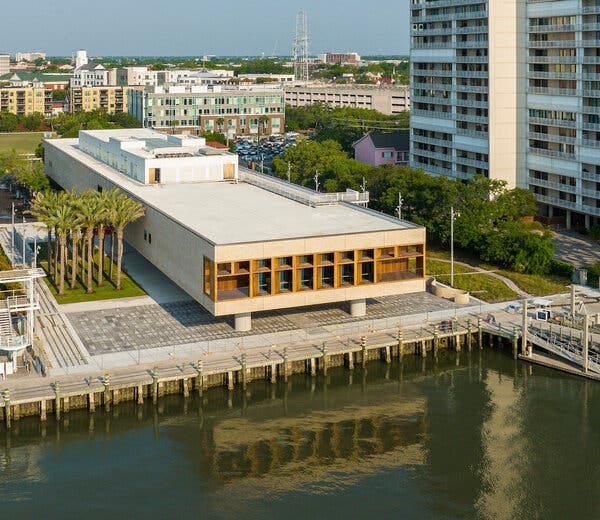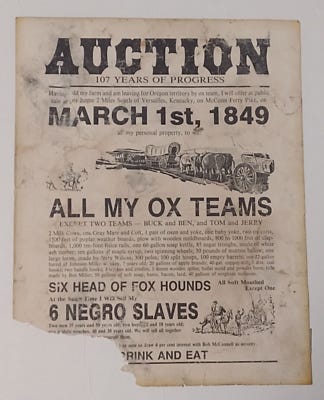Since the very first time that I set foot in the Smithsonian Museum of Natural History way back in 1st grade, to my most recent trek through the same building during a quick trip to Washington, D.C., I have considered it a total treat to spend hours upon hours walking through museums across America to observe, inspect, and learn about the people, places, and ideas that shaped the American experience through the ages.
This month, the International African American Museum (IAAM) is set to open at Gadsden's Wharf in Charleston, South Carolina and from the early reviews, this latest testament to real American history will serve to counter the recent trend across the Deep South to repress the truth about the Trans-Atlantic Slave Trade and the attendant horrors that Africans experienced at the hands of their European enslavers and tormentors for over three centuries in America.
The International African American Museum
The IAAM sits only a few miles from Fort Sumter, the federal installation that was fired upon by Confederate troops under the leadership of Gen. Pierre Beauregard in April of 1861—thus, igniting the Civil War.
While the Civil War was fought over the issue of maintaining slavery in the South and expanding it into the West, when the war ended in 1865, most museums across America dedicated their spaces and resources to telling every perspective about the "Peculiar Institution" of slavery other than that of the enslaved!
The juxtaposition of “Whipped Peter,” an enslaved Black man…
Over the past half century, that reality has slowly changed as museums across the country have been established to herald the story of enslaved and free Blacks and how the same toiled and even prospered, at times, despite the presence of virulent white racism.
Through the years, I have taken particular delight when perusing museums dedicated to Black history, from the Florida A&M University Black Archives in Tallahassee, to the lynching museum in Montgomery, Alabama, and all across the South where my ancient and more recent ancestors seemingly came to life on the walls, in the pages, and through the exhibits on display.
The IAAM in Charleston, a city steeped in American historical lore, features nine galleries that will display artifacts to tell the story of the enslaved—from Africa to the Americas—and all points in between.
Cognizant that over 40 percent of modern Black Americans can trace their ancestry through arrival at Charleston Harbor, it will be a compelling moment for museum visitors of all races, but particularly the Black visitors, to gaze out upon the waters leading to the Atlantic and imagine what and how captured men, women, and children must have felt after surviving weeks chained side by side in cramped quarters during their journey to these shores.
Depicted above is a diagram of a slave ship that shows how tightly bound enslaved Africans were held during their long journey to the Western Hemisphere as they defecated and urinated right where their bodies were chained….
The IAAM will also feature bills of sale, slave auction posters and ads, and property records that will remind that from 1619 to 1865, enslaved Blacks were deemed chattel property the same as livestock and farm equipment and, lest we forget, "3/5ths of a whole white person" for Census purposes per the United States Constitution.
As America grapples with the resurgence of overt racism in both individual acts of violence and, far more crucially, via legislative acts and executive orders signed by local, state, and federal government leaders, the importance of museums like the IAAM, as well as books, articles, and podcasts by those who know the truths that so many conservatives wish to suppress about America's racist past, will become even more necessary to address America's racist present—with hopes of shaping a less racist future!








I’m a donor to both this one and the one in DC . They are outstanding . The Jack Hadley Black History Museum in Thomasville is outstanding as well . I have a membership there .
Living within 20 minutes of this new museum, we can hardly wait for our first visit and for subsequent visits with friends from out of town.